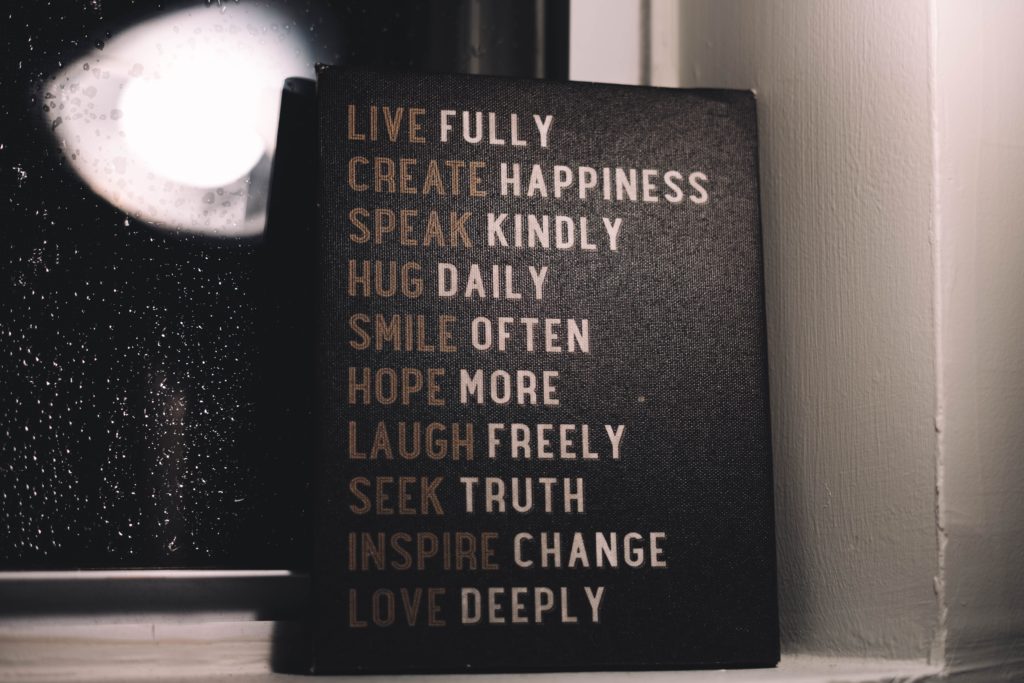Last month we discussed a few ways to keep the focus on getting sufficient green plant-based foods in your diet for 2019 (FRESH START | LIVING HEALTHFUL WITH GREENS IN THE NEW YEAR).
How did you do? Did you take on a new habit centered on eating more healthful greens?

This month we will focus on strategies to support you to not fall off the bandwagon and, if by chance you already have, the same tactics can help you to get back on!
If per last months blog on eating more healthful greens, you took on an indoor growing project, it’s likely that you will have had sprouts by now. Also, you may have started a new project, such as krauting vegetables, or made attempts to get your kitchen better organized in order to keep the focus on your goals related to eating greens.
Eating more healthful greens and remaining consistent is simply one area within health-related behavior. Therefore, a few tried and true behavioral tactics can help reinforce taking on change and, then, creating effective habits.
Revisit goals to make sure they are in fact realistic. Continuing to assess goals is 100% o.k.! This is part of how we grow and come to better understand our own behavioral patterns, such as triggers and barriers or influencers and motivators. Make adjustments as needed to keep yourself within the SMART framework (Specific, Measurable, Actionable/Attainable, Realistic and Relevant, Trackable or Time-based).
Recruit an accountability buddy. Social support can play an influential role. (11 Tried and True Ways to Stick To a Diet) Accountability buddies provide the structure to execute on various goals and objectives. These partners can help you articulate goals and needs, maintain checks and balances related to goals, and to commend successes along the way or pick you up more quickly from a setback. I prefer to refer to these people as “fellow wellness warriors” or your “wellness tribe”. Some may also think of them as “cheerleaders”. An accountability partner should be someone that you have sufficient emotional connection to that you would prefer to not disappoint and, if competition arises, it will remain healthful vs bitter or negative. They can also help to avoid various temptations that may be pulling you from that bandwagon! Furthermore, partners with similar goals and/or like-minded perspective can lead to greater success.

Integrate visualization tactics. This approach has been leveraged areas ranging from professional development to cognitive and emotional related therapy. In a professional sense, visualization is applied to facets that are related to goal-setting, aspirations, and desired accomplishments. Therapeutic approaches may center on aims such as relaxation, which can support a reduction in mental stress as well as strain placed on the autonomic nervous system. More detail on this approach can be found in this Psychology Today article, Visualize It, where one of the suggestions is to create a new habit by linking the desired change to something you already have in your daily routine.
In addition to the three tactics above, being mindful of other healthful living behavior such as sleep, monitoring of stress load, and physical activity can play a role. Healthful living is kind of contagious. Usually, once you are caught and connected to one area, you will soon find the interrelationship to other areas, then get more and more invested in overall health and well-being.
Ashley Arnold
Ashley runs a lifestyle health coaching service centered on evidence-based behavioral change and systematized approaches from integrative health services and healthcare. She includes functional health assessment tools that support setting more clear, realistic goals that are tailored to each client. She appreciates the products and mission of Good Fat Company due to the emphasis on whole-food, nutrition-rich products without processed additives or fillers. Also, that the product line is applicable across dietary spectrums from vegan to paleo and most anywhere in between. Further information can be found at www.ashleylarnold.com.



